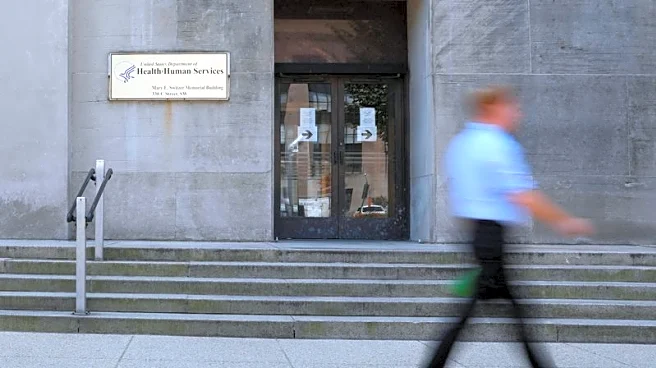What is the story about?
What's Happening?
Medicare shoppers are facing fewer choices for prescription drug coverage as the number of standalone drug plans continues to decline. This trend is expected to persist into 2026, with most markets offering fewer options, particularly for those with low-income subsidies. The reduction in available plans is partly due to insurers like Elevance exiting the market, influenced by financial pressures from the Inflation Reduction Act, which caps annual out-of-pocket drug costs at $2,100 starting in 2026. Despite the decrease in options, most markets will still offer several plans, although finding affordable coverage for multiple prescriptions remains challenging.
Why It's Important?
The shrinking number of Medicare Part D plans has significant implications for millions of Americans relying on prescription drug coverage. As options dwindle, consumers may face higher costs or limited drug formularies, impacting their ability to manage healthcare expenses effectively. The changes could disproportionately affect low-income individuals who rely on subsidies, potentially leading to increased healthcare costs or reduced access to necessary medications. Additionally, the shift may push more people to consider Medicare Advantage plans, which could limit their choice of healthcare providers, especially in rural areas.
What's Next?
Medicare shoppers have until December 7 to select new coverage for the upcoming year. As the enrollment period progresses, consumers are encouraged to review their current plans and compare them with available options to ensure they maintain adequate coverage. The federal government provides resources to assist in this process, including a website for plan comparison and state health insurance programs. However, the tendency to delay decision-making until December could result in a rush for assistance, complicating the selection process.
Beyond the Headlines
The reduction in Medicare Part D options highlights broader issues within the healthcare system, including the impact of legislative changes on insurance markets and the challenges of balancing cost control with access to care. As insurers adjust to new financial pressures, the healthcare landscape may continue to evolve, potentially leading to further consolidation or changes in coverage offerings. This situation underscores the importance of monitoring policy developments and their effects on consumer choice and healthcare affordability.
AI Generated Content
Do you find this article useful?















